 Greetings from Juergen
Greetings from Juergen
Hi all,
So we're back after a summer and early fall hiatus! This week's stories take us from parametric architecture that computes buildings into existence, to street murals that save lives with nothing more than chalk and creativity. We're exploring Vancouver's $5.7 million commitment to arts funding—a reminder of what support looks like when cities treat culture as infrastructure—and questioning whether the latest AI-powered digital frames are solving real problems or just adding another algorithm where thoughtful curation would serve us better.
We're also wrestling with some uncomfortable questions about cultural repatriation. When ancient Buddhist statues looted in the 1990s get returned to a nation that marginalizes the descendants of their creators, what does justice actually mean? And in more hopeful territory, we're celebrating Rebekah Tolley's Digitalism exhibition at Saatchi Gallery—60 digital artists finally getting the institutional recognition they've earned, no separate digital ghetto required.
Data Driven Art
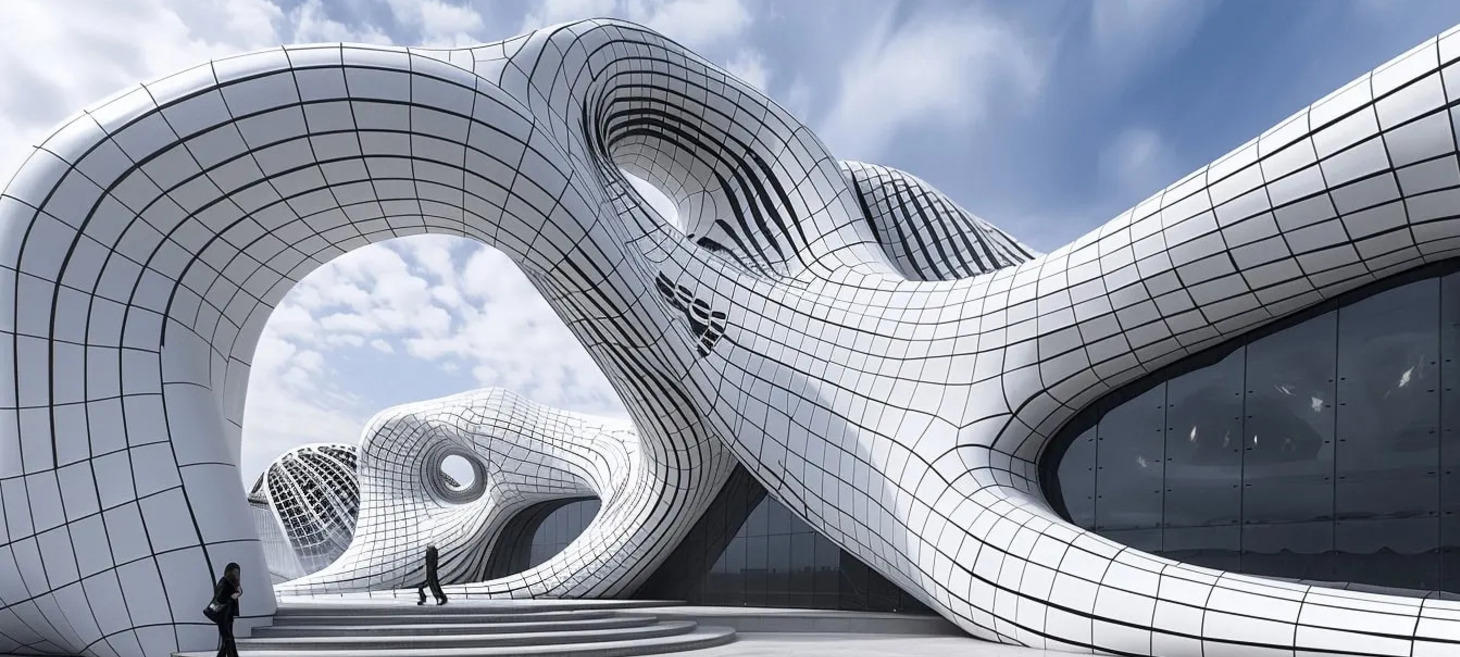
Mathematics of Modern Architecture: How Geometry Shapes the Future of Design
The world's most stunning buildings aren't just designed—they're computed. From Zaha Hadid's fluid geometries to Jean Nouvel's algorithmic light patterns, today's iconic architecture emerges from a dance between artistic vision and mathematical precision. The PA Editorial Team at Parametric Architecture walks through how parametric design, vector mathematics, and computational thinking have transformed architecture from static blueprints into living systems that respond to light, wind, and structure in real time.
If you follow us here at The Intersect, you know I'm a big fan of data-driven art. This "form follows formula" approach creates fantastic architecture we can now actually realize—buildings that would have been impossible to construct just decades ago.
What strikes me most is how this isn't about technology replacing intuition. It's about using algorithms to extend what human imagination can explore. The architect's role evolves from sole creator to guide, shaping how computational systems interpret design intent while preserving that essential human touch.
Can mathematical precision and artistic beauty truly be one and the same?
Public Art
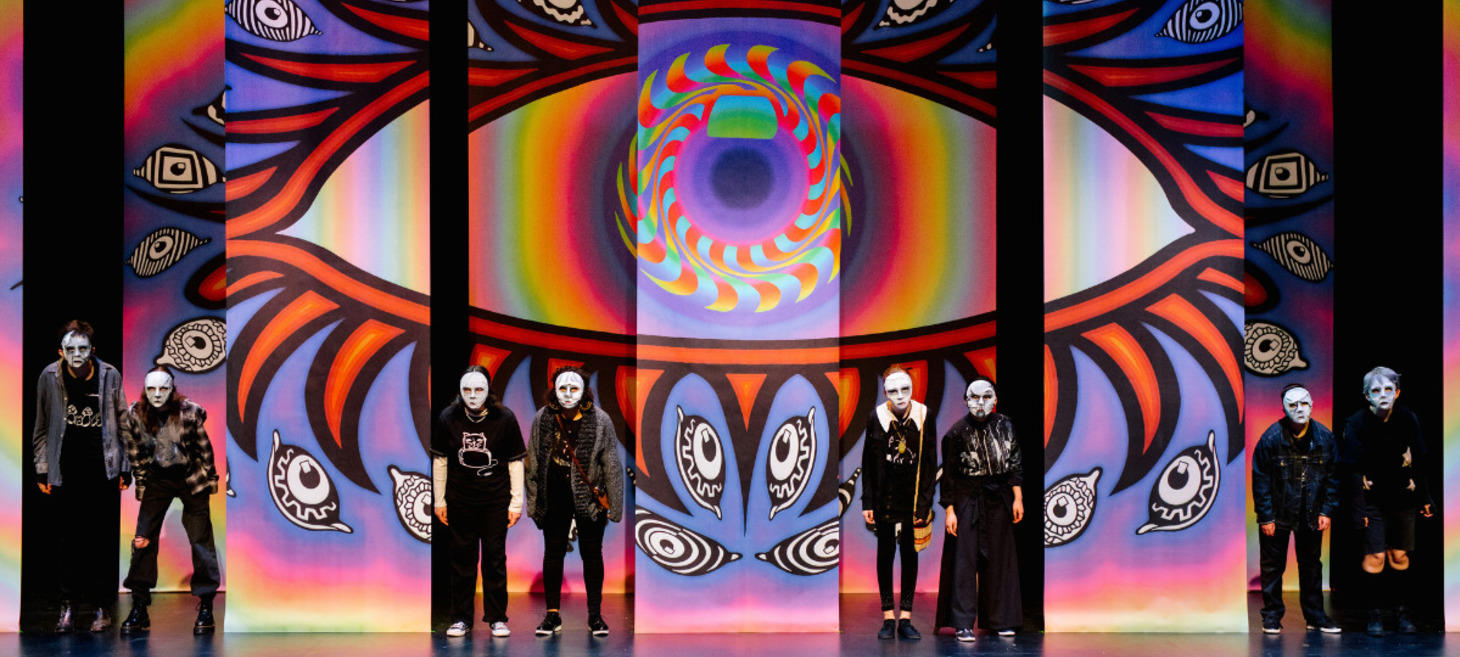
City Champions the Arts With $5.7M in Latest Round of Cultural Grant Funding
Vancouver just approved $5.7 million in grants to 270 arts and culture orgs, according to a June 5 piece from the City of Vancouver’s newsroom. This is the third round of funding this year—bringing their total to over $12 million in 2025 alone. Grants range from small project support to major capital improvements, like $175K for Musqueam’s Longhouse and $125K for the Chinese Canadian Museum.
When I saw this headline in my feed, I knew instantly: this was not a U.S. city. And yeah, that hit a nerve. Because here? We’re still arguing whether arts are even worth funding, while cities like Vancouver are quietly building the future—funding youth-led theater collectives, Indigenous cultural spaces, and queer Black-led celebrations. That’s what “support” looks like.
“Arts and culture play a significant role in elevating our city’s identity... These grants provide essential support for local arts organizations, programs and projects.” — Mayor Ken Sim
What would it take for a city in the U.S. to treat art as infrastructure, not decoration?
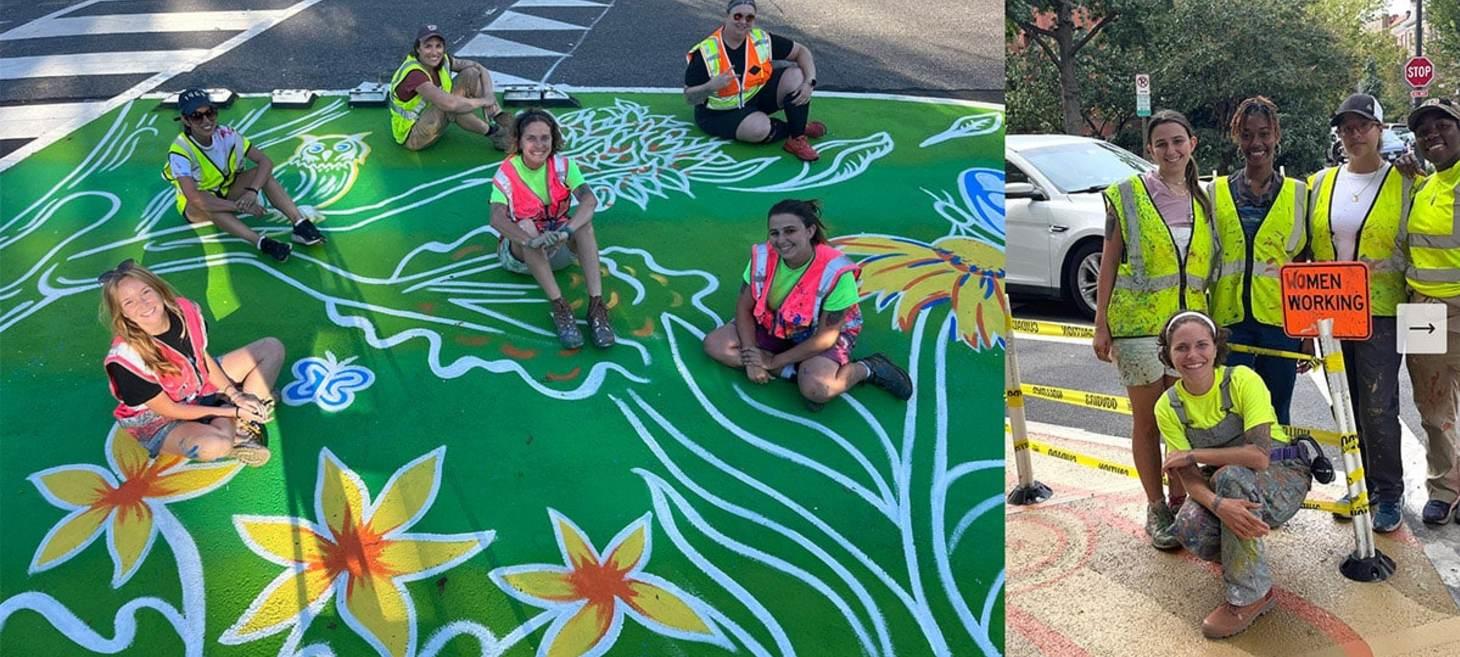
Painting the Path to Safer Cities: How Chalk Riot's Pavement Art Is Redesigning Urban Streets for Pedestrian Safety
What if the best safety technology for urban streets wasn't some expensive sensor system, but simply paint? Chalk Riot, a woman-led street art collective based in Washington, D.C., has spent over a decade proving exactly that. Through more than 200 projects across 14 states, they've been transforming gray asphalt into bold, temporary murals that slow traffic and protect pedestrians. As Katherina Davis reports for CEOWORLD magazine, one study found their approach reduces crashes by up to 50%.
I love this—I'm all for attention-grabbing sidewalks! We spend billions on traffic infrastructure, yet sometimes the most effective solution is the simplest: make drivers actually look at what's in front of them. When a crosswalk looks like a work of art instead of faded white stripes, people notice. They slow down. They pay attention.
What strikes me most about Chalk Riot's work is how it challenges our assumptions about what makes streets safe. We've been conditioned to think safety requires permanent infrastructure—concrete barriers, raised crosswalks, expensive signage. But their temporary murals prove that changing driver behavior might be more about psychology than engineering.
If a few cans of paint can save lives, what does that say about how we've been designing our cities all along?
AI in Visual Arts
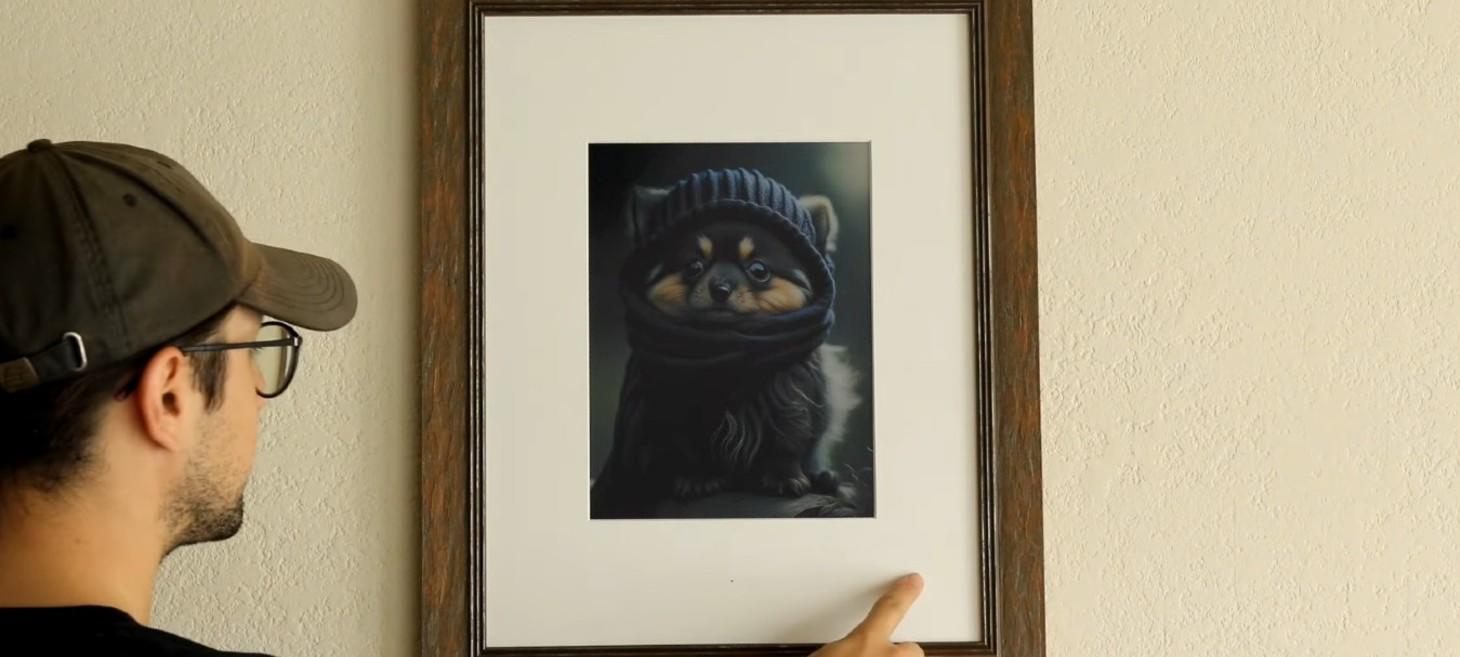
Fraimic Lets You Talk Your Way to a New Piece of Wall Art
Paulo Vargas at Digital Trends reports on Fraimic, a smart E Ink canvas that's raised over $800,000 on Kickstarter by promising something deceptively simple: tap the frame, speak what you want to see, and AI generates the artwork instantly. No app, no Wi-Fi needed once set up, and battery life measured in years rather than hours. The 13.3-inch version starts at $299, with a massive 31.5-inch option for those with wall space and budget to spare.
Here's my hesitation: this feels like jumping straight to the destination without enjoying the journey. E Ink displays and virtual frames have so much untapped potential—better resolution, lower prices, more flexible display options. Instead, we're channeling all that promise into yet another AI art generator.
I'd rather see these elegant frames mature as platforms first, giving us choices—curated collections from living artists, rotating galleries, personal photography. Make the technology excellent, then let us decide what stories we want our walls to tell.
Why does every promising display technology have to become an AI showcase before it's even perfected the basics?
Design
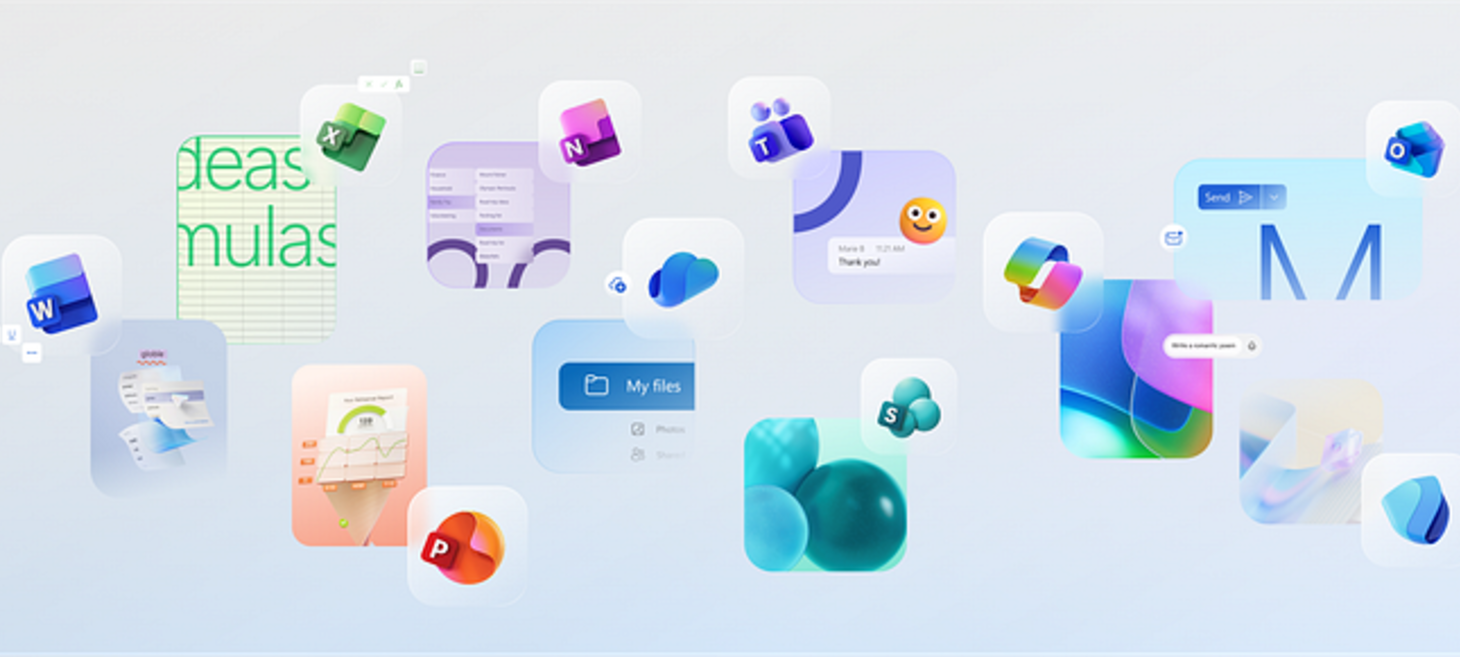
Fluid Forms, Vibrant Colors: How a Subtle Refresh of Our Microsoft 365 Icons Signals Deeper Change
You've likely seen them thousands of times without really noticing—those tiny postage-stamp-sized icons that open Word, Excel, or PowerPoint. Now they're getting a subtle refresh, and according to Jon Friedman, Microsoft's CVP of Design and Research for Microsoft 365, these small changes reflect something much bigger: a fundamental shift from designing user interfaces to designing user experiences powered by AI.
What caught my attention is Friedman's framing of what icon design actually represents. He writes that "Iconography often balances accuracy and aspiration. No digital product is ever fully baked and so your metaphors must embody present-day truth and the future you're actively building." That's a fascinating way to think about visual language—not as static symbols, but as bridges between what exists now and what's coming next.
In 2018, Microsoft talked about connection and coherence, but those words meant visual consistency across devices. Today, those same words describe Copilot's ability to understand your intent and move seamlessly across the entire Microsoft ecosystem. Same language, completely different meaning.
How often do we assume the vocabulary of innovation stays constant when the underlying reality has completely transformed?
Art and Politics

How Returning Stolen Artifacts Can Distort History Rather than Serve Cultural Justice
When three ancient Buddhist statues arrived at Australia's National Gallery in 2011, they seemed like treasures from Cambodia's past. But Will Brehm's research in The Conversation reveals something far more complicated: these bodhisattvas came from the Champa Kingdom, which spanned Vietnam, Cambodia, and Laos from the 2nd to 19th centuries. The statues were looted in the 1990s by networks involving Cambodia's military and former Khmer Rouge members, then sold through international dealers. Now they've been "repatriated" exclusively to Cambodia—a country where the Cham people themselves face marginalization today.
This story hits close to home. We've watched similar debates play out here in the United States over Civil War monuments and Confederate history—the question of who gets to tell what story about controversial parts of our past. That these same tensions surface elsewhere shouldn't surprise us, but it's still jarring to see how political power shapes cultural memory.
The real question isn't which modern nation deserves these artifacts, but whether cultural justice can actually serve political convenience rather than remedy historical wrong.
When the very government potentially complicit in the looting accepts returned artifacts as cultural heroes, what does repatriation actually mean?
Exhibitions & Events
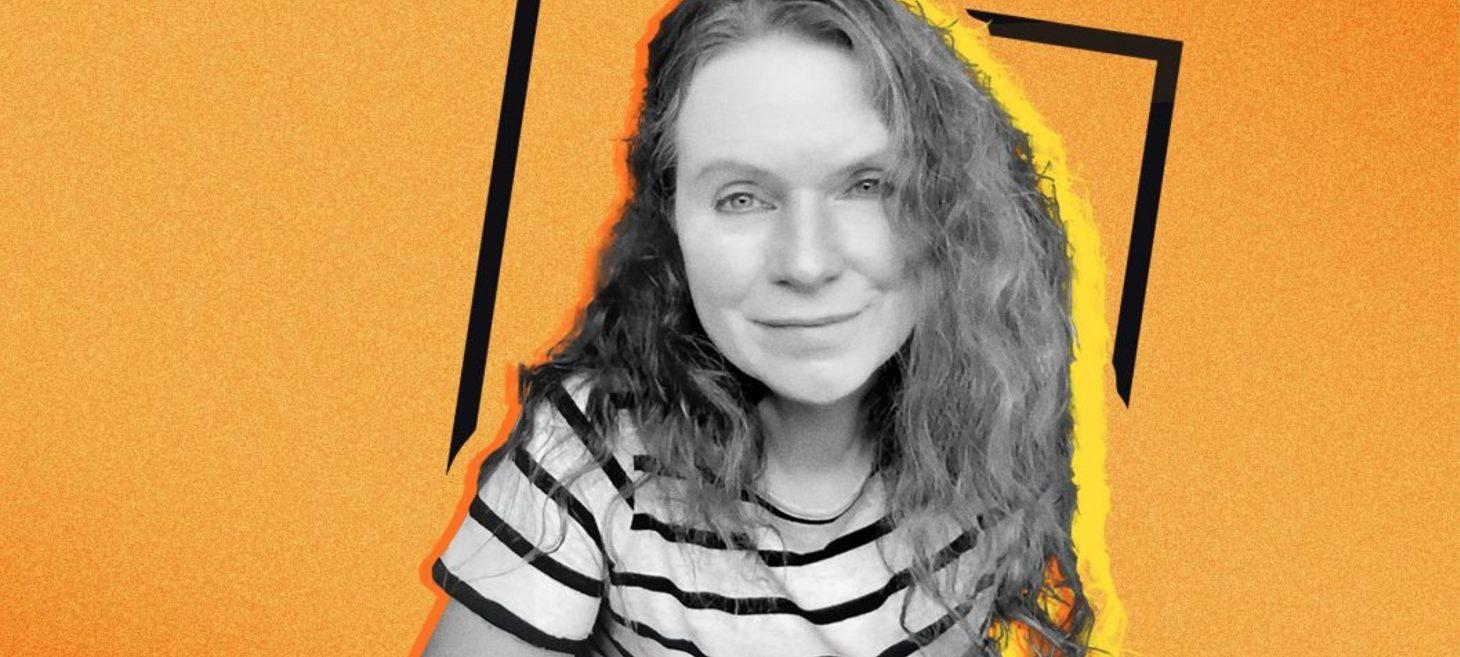
Curator Rebekah Tolley on the Rise of the Digitalism Movement
When curator Rebekah Tolley launched Digitalism at London's Saatchi Gallery in 2024, she wasn't just creating another art fair section—she was declaring a movement. In this engaging podcast conversation with Scott Power of Not Real Art, Rebecca discusses how she brought 60 digital artists into one of Britain's most prestigious traditional art venues, forcing a conversation the art world has been avoiding for decades.
I was thrilled to connect Rebecca and Scott for this interview. What she's achieved at the British Art Fair mirrors photography's century-long struggle for legitimacy. Digital artists face the same skepticism, the same dismissive "but is it really art?" questions. Rebecca's championing accessibility and community, creating space for artists who've been working in echo chambers for years.
The show spans everything from Quantel Paintbox pioneers who created MTV's iconic graphics in the 1980s to contemporary AI artists pushing philosophical and mathematical boundaries. What strikes me most is how Rebecca insists on placing digital work alongside traditional art as equals—not in a separate digital ghetto, but integrated, respected, and celebrated at one of the UK's premier art fairs.
Can we finally stop asking whether digital art is "real" art and start asking what it reveals about our increasingly digital existence?
Future Trends in Art and Tech
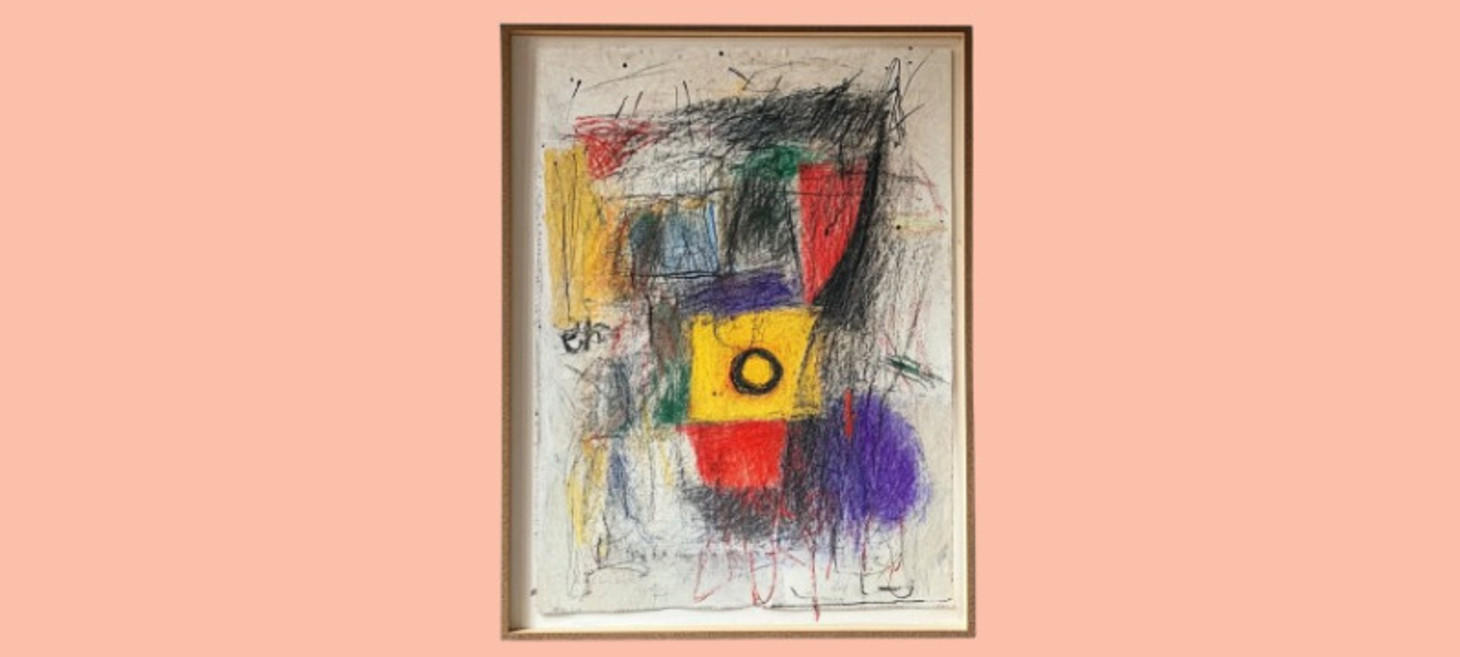
DeviantArt Founder Unveils $22,000 Display for Digital Art
Angelo Sotira, the founder of DeviantArt, is back—this time with a hardware play rather than a platform, as reported by AutoGPT. His new product, Layer, is a $22,000 high-end digital display meant specifically for generative and dynamic digital art. It’s built to run GPU-intensive artwork in real time, with no compression, and comes with a subscription model that compensates artists based on display time. It’s sleek, hands-off, and meant to blend into your home without demanding your attention.
I love the concept. We’ve talked about this idea a lot on The Intersect. But the price tag puts this way out of reach for most artists and collectors alike. A dedicated, evolving canvas for digital work is overdue—but we need an affordable, consumer-ready version that doesn’t require VC funding to hang on a wall.
“Digital art should not feel like a gadget. It should feel like a part of the home, something you can live with for years, without maintenance.”
What would your dream digital display look like—and how much would you actually pay for it?
 The Last Word
The Last Word
Thanks for spending time with these stories this week. I'm particularly curious what you think about the repatriation question—it's one where I don't have easy answers, and I suspect you might not either. If any of these pieces sparked thoughts, hit reply and let me know. I read every response.
Best, Juergen

